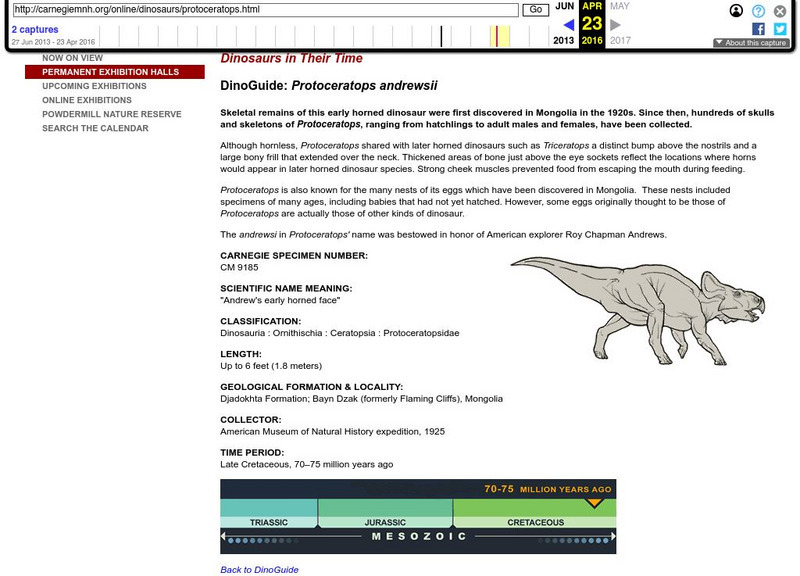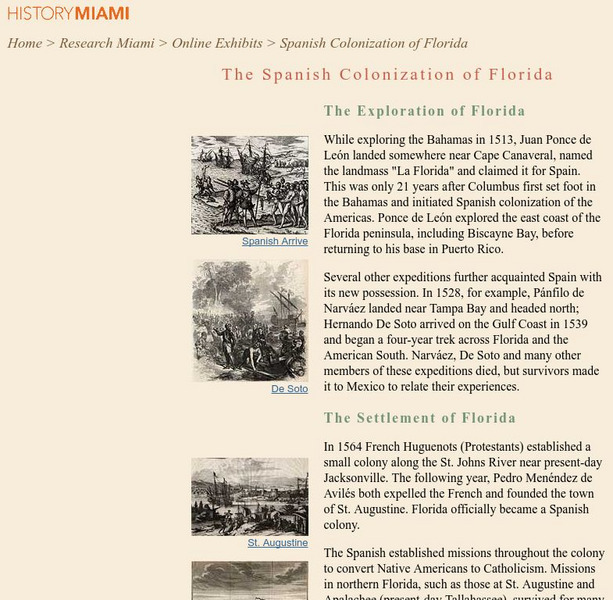US Holocaust Memorial Museum
U.s. Holocaust Memorial Museum: The Nuremberg Trials and Their Legacy
A comprehensive, multimedia look at the Nuremberg Trials and their results.
US Holocaust Memorial Museum
U.s. Holocaust Memorial Museum: Kristallnacht
Kristallnacht, or Night of Broken Glass, signaled the beginning of the German plan to exterminate the Jewish people. Experience that night through videos of survivors and photographs.
US Holocaust Memorial Museum
U.s. Holocaust Memorial Museum: The Nuremberg Trials and Their Legacy
How do you bring justice to the millions of people killed in German concentration camps? The Nuremberg Trials attempted this challenge. Study how SS officers were put on trial and punished using the following primary sources. Included...
US Holocaust Memorial Museum
U.s. Holocaust Memorial Museum: Liberation
The liberation of the Nazi camps was not a primary objective of the Allied military campaign. However, as they crossed Europe and saw the atrocities, the troops freed prisoners and gave them medical treatment. Understand more about the...
US Holocaust Memorial Museum
U.s. Holocaust Memorial Museum: World War I
Analyze how the conclusion of WWI led to an unstable peace which resulted in WWII. included on this site are short films, photographs, artifacts, and an extensive bibliography for further research.
The Tech Interactive
Tech Museum: The Satellite Site!
An engaging look at satellites! What they are, what they do, and how they orbit. One interactive activity is building three different types of satellites.
The Tech Interactive
Tech Museum of Innovation: Brightness
After defining brightness in relation to the strength of a color, this site an example as well as an activity entitled, "Experimenting with Brightness."
The Tech Interactive
Tech Museum of Innovation: Saturation
After defining saturation, this site provides an example and then begins an activity called "Experimenting with Saturation," involving degrees of saturation and saturation with images.
The Tech Interactive
Tech Museum of Innovation: Brightness/saturation/hue
This site combines the elements of brightness, hue, and saturation to see differences in color in the things around us. Each element is dealt with individually and is incorporated into an activity involving all three.
The Tech Interactive
Tech Museum of Innovation: How We See
Part of a larger sight on the eyeball and its function, this section describes the process of sight and ranges in topics from the chemical reaction of light hitting the retina to blind spots and animals seeing color.
Carnegie Museum of Natural History
Carnegie Museum of Natural History: Carnegie's Dinosaurs: Dino Guide: Protocerato
This resource presents a brief overview of the Protoceratops.
Smithsonian Institution
Smithsonian American Art Museum: Singular Impressions: The Monotype in America
Monotype is a unique form of printmaking wherein the artist makes only one print. This impressive collection displays American monoprints and outlines a bit about the history of the monotype in America. Includes information about the...
Smithsonian Institution
National Air and Space Museum: Wright Brothers: Invention of the Aerial Age
Biographical details about the Ohio-born Wright brothers, who ushered in the aerial age with their invention of the first powered airplane.
Smithsonian Institution
National Air and Space Museum: Pioneers of Flight: Civilian Aviation
Even after Lindbergh's famous solo flight, he continued to explore flight and its possibilities. Look inside the Sirius cockpit and then pack up yourself to fly around the world. One problem, however, you only can take on a limited...
Smithsonian Institution
National Air and Space Museum: Explore the Universe
This resource explores the history of the universe and its explorers.
Smithsonian Institution
National Air and Space Museum: Exploring the Planets: Ancient Times & the Greeks
In ancient times only five planets were known: Mercury, Venus, Mars, Jupiter, and Saturn. Learn about Greek astronomer Ptolemy's theory for the solar system that was to survive for fourteen centuries.
Smithsonian Institution
National Air and Space Museum: Looking at Earth
Resource provides information on studying Earth from space. Content includes many satellite images, as well as information gathered for environmental research, and many educational resources.
Museum of Science
Museum of Science and Industry: Make a Friend From Soil and Seeds
Follow these step-by-step instructions to create a cute little friend with real-growing hair made of grass and grass seeds.
Other
Canada's Immigration Museum: Fun Facts: Pier 21
Did you know that one in five Canadians have a connection to Pier 21? This is just one of the nine interesting facts you will learn about this important part of the Canadian immigrant experience.
The Tech Interactive
Tech Museum of Innovation: Common Light Sources
While reviewing various light sources, the source of colors (white, red, yellow, blue) are also discussed. The bouncing of light, the matching of colors, and seeing colors are all highlighted.
The Tech Interactive
Tech Museum of Innovation: Inside Your Eyeball
After discussing the basics of the eye, this site explores the various functions of the eye and parts from the optic nerves to the retina. Cones, rods, and the brain are also discussed.
Smithsonian Institution
Smithsonian American Art Museum: Maloof on Maloof
The Smithsonian profiles the work of master furniture craftsman, Sam Maloof. While not technically sculpture, Maloof's work approaches fine art in its beauty yet has a strong element of function. Videos require QuickTime plug-in.
Natural History Museum
Natural History Museum: Trees, Magnificent Structures
This thorough seminar discusses the advantages of being a tree, how trees lift water, how trees stand up, and the height of trees.
Other
Historical Museum of Southern Florida: Spanish Colonization of Florida
Brief description of the exploration and colonization of Florida by Spain as well as the eventual loss of Florida due to a transfer from Spain to the U.S. in exchange for debt payment. Hyperlinks lead to additional but brief information...









